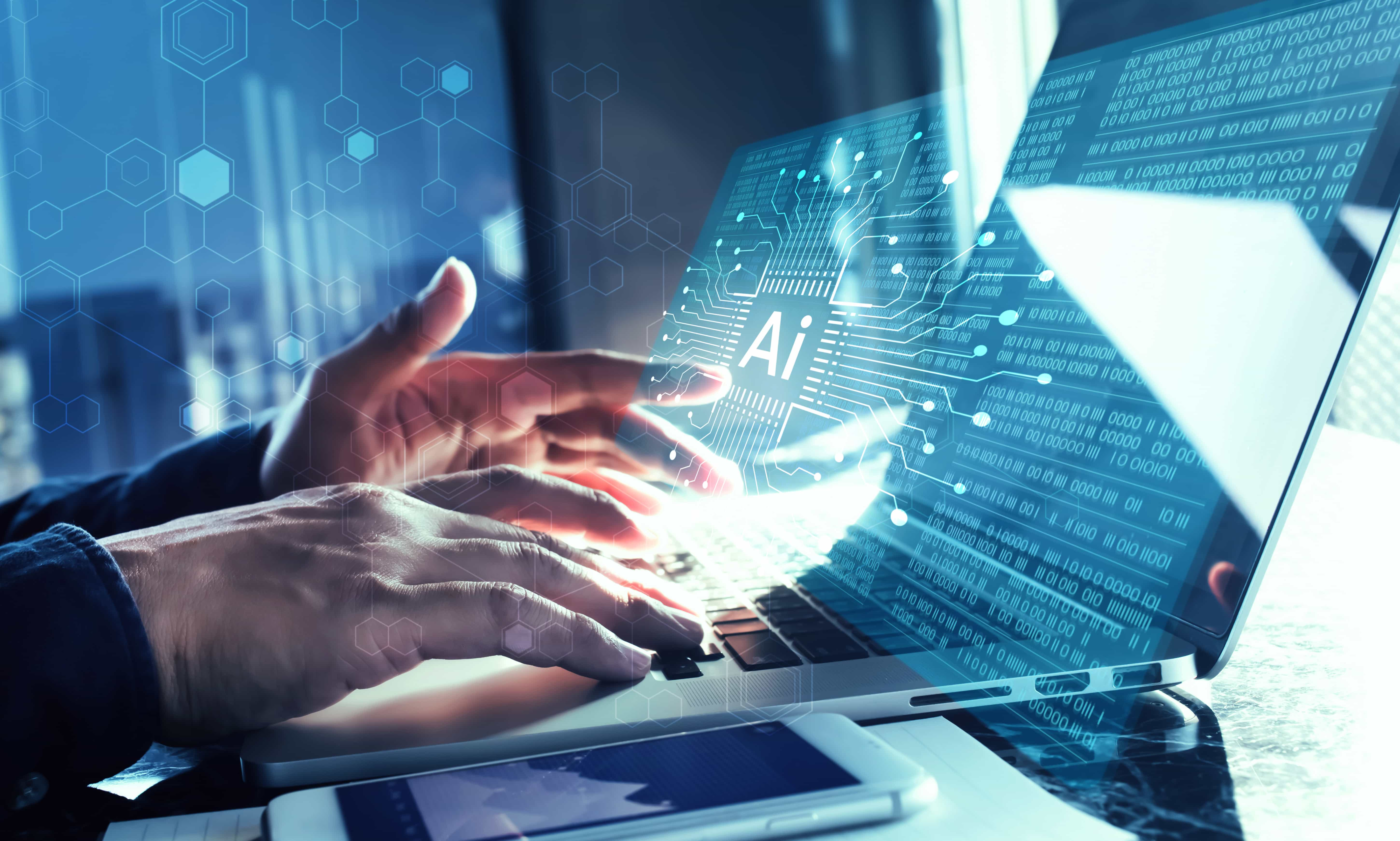uires strategic interventions, and Artificial Intelligence (AI) is emerging as a powerful enabler for skill development and workforce transformation.
Understanding India’s Skills Gap
The mismatch between available skills and job market demands is a growing concern. Key contributing factors include:
The fast-paced evolution of industries, especially in technology and digital sectors.
Traditional education systems struggling to keep up with industry requirements.
Limited access to high-quality training and upskilling programs for rural and underprivileged communities.
A lack of real-time insights into emerging skill demands.
If unaddressed, this skills gap could hinder India’s economic growth and global competitiveness.
AI-Driven Solutions for Workforce Development
AI is revolutionizing learning and development by offering smart, adaptive, and scalable solutions. Here’s how AI can bridge the skills gap:
1. Personalized Upskilling & Reskilling
AI-powered platforms use data analytics to assess individual skill levels and recommend customized learning paths. Employees receive targeted training, ensuring relevance to their current and future roles.
2. AI-Enabled Adaptive Learning
Traditional one-size-fits-all training methods are becoming obsolete. AI enables:
Microlearning: Bite-sized, easily digestible content tailored to individual learning speeds.
Gamification & Simulations: AI-driven virtual reality (VR) and augmented reality (AR) for hands-on training in fields like healthcare, manufacturing, and IT.
3. Predictive Analytics for Future Skills
AI can analyze workforce trends and predict future skill demands, allowing organizations to proactively design training programs. This ensures India’s workforce remains relevant in the face of automation and digital disruption.
4. AI-Powered Inclusion & Accessibility
AI tools can democratize learning by:
Offering multilingual training content, helping bridge language barriers.
Providing AI-driven tutors and chatbots to support learners 24/7.
Enabling remote learning for individuals in rural areas, increasing accessibility to quality education.
5. Public-Private Partnerships for Skill Development
A collaborative approach involving government, corporates, and educational institutions is key to scaling AI-driven workforce development. Initiatives like:
National AI Strategy: Government policies focused on AI in education and skilling.
Corporate AI Skilling Initiatives: Industry-led programs to reskill employees and prepare future talent.
Startup Innovations: AI-driven edtech platforms playing a crucial role in personalized learning.
Key Considerations for AI Adoption in Learning & Development
While AI presents immense potential, responsible implementation is crucial. India must focus on:
Ethical AI Use: Ensuring fairness, transparency, and bias-free AI models.
Workforce Readiness: Preparing employees for AI-driven job transformations.
Data Security & Privacy: Establishing strong policies to protect learner data.
Conclusion
To bridge its skills gap and future-proof its workforce, India must embrace AI-driven learning and development strategies. By leveraging AI for upskilling, reskilling, and workforce inclusion, the nation can strengthen its position as a global leader in talent readiness. Collaboration between industry, academia, and government will be key in unlocking AI’s full potential for workforce transformation.
Call to Action: Organizations and policymakers must act now to invest in AI-driven skill-building programs and create a workforce that is agile, innovative, and ready for the future.


